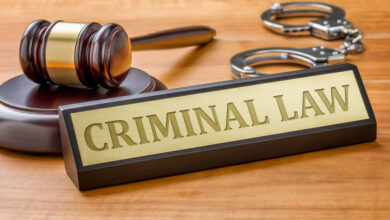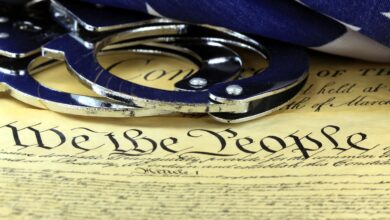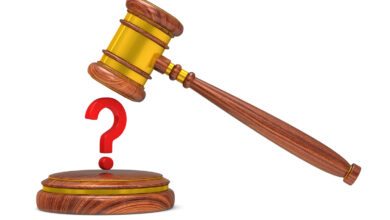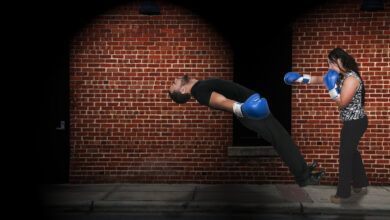The Major Takeaways from the Redacted Mueller Report
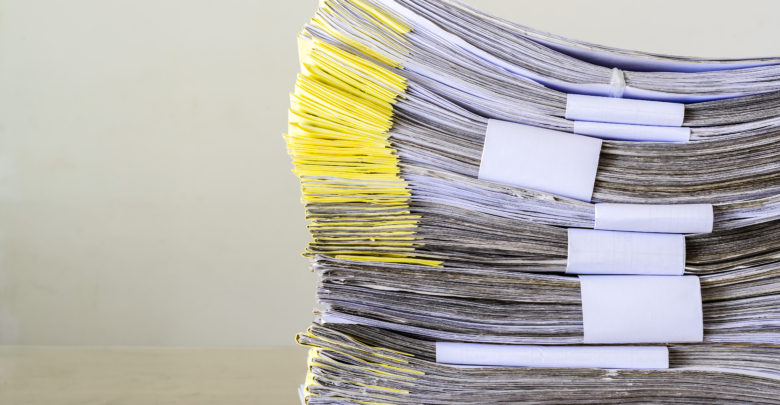
The redacted Mueller report looks nothing like Attorney General Barr’s repeated misleading descriptions of it. The report is lengthy, and careful reading of the entire document will yield more answers than can be gleaned by an initial quick reading.
Nevertheless, some important conclusions can be reached.
- Mueller’s decision not to make a prosecutorial decision on whether Trump obstructed justice was based on Department of Justice guidelines prohibiting indictment of a sitting president, not on a lack of evidence of obstruction
In his introduction to the section of the report that deals with obstruction of justice, Mueller describes four considerations that guided his investigation:
- Mueller declined to make a traditional prosecutorial judgment on obstruction because of Department of Justice policy that a sitting president cannot be indicted. The Office of the Special Counsel accepted the DoJ’s legal conclusion;
- While the DoJ policy prohibits prosecution of a sitting president, it recognizes that a criminal investigation during a president’s term is permissible, and that a president loses immunity upon leaving office;
- The special counsel specifically decided “not to apply an approach that could potentially result in a judgment that the President committed crimes.” The report explains that decision as essentially a matter of fairness, not a matter of law: “[A] prosecutor’s judgment that crimes were committed, but that no charges will be brought” affords the target no opportunity for “public name-clearing;”
- At the same time, if the investigators had confidence, after a thorough investigation, that the President did not commit obstruction of justice, they would say so. Based on the facts and applicable legal standards, however, “we were unable to reach that judgment.” Therefore, while the report doesn’t conclude that the President committed a crime, “it also does not exonerate him.”
In other words, Mueller relied on the Department of Justice policy prohibiting the indictment of a sitting president, not on any lack of evidence.
And Mueller made it clear that while his investigators were unable to reach the judgment that the President did not obstruct justice, nowhere does it state that they were unable to reach a conclusion that the President did obstruct justice.
They weren’t unable to make that determination.
They simply declined to do it.
- While declining to make a “prosecutorial decision,” the report essentially concludes that Trump did, in fact, obstruct justice
Mueller may have declined to make a prosecutorial decision, but it wasn’t for lack of evidence.
To the contrary, the report concludes that Trump’s actions, time after time, satisfied every element necessary to support a charge of obstruction of justice, including intent.
The report focused on three elements of obstruction with respect to a number of Trump’s actions: (1) an obstructive act, (2) nexus to a criminal proceeding, and (3) intent.
Mueller lays out exhaustive evidence that all three elements were established in connection with: Trump’s actions toward Michael Flynn; his reaction to public confirmation of the FBI’s Russia investigation; the events leading up to and surrounding firing FBI Director Comey; Trump’s efforts to remove the Special Counsel; efforts to curtail the special counsel investigation; efforts to prevent disclosure about the Trump Tower meeting; efforts to have the Attorney General take over the special counsel investigation; Trump’s orders to McGahn to deny that he tried to fire the Special Counsel; his conduct toward Manafort (including dangling a pardon); and his conduct involving Michael Cohen.
Barr’s suggestion that the report neutrally laid out both the arguments for obstruction and the arguments against is highly misleading. While the report does summarize the legal defenses asserted by Trump’s attorneys, it makes clear that it is describing the position of Trump’s lawyers, not of Mueller’s team.
And far from neutrally setting out the arguments of Trump’s legal team, the report affirmatively refutes them. Mueller found that Trump’s statutory defense is “contrary to the litigating position of the Department of Justice and is not supported by principles of statutory construction.” And Mueller also rejected Trump’s constitutional defense, concluding that “obstruction-of-justice statutes can validly prohibit a President’s corrupt efforts to use his official powers to curtail, end, or interfere with an investigation.”
- This isn’t over
In a lengthy section of the report entitled “False Statements and Obstruction of Justice,” Mueller explains his charging decisions regarding specific individuals, including George Papadopoulos, Michael Flynn, Jeff Sessions, and others.
But they aren’t the only ones under investigation for obstruction. Redacted sections of the report show that investigations are ongoing into whether other unnamed individuals may have made false statements or obstructed justice.
In addition to the ongoing investigations relating to obstruction of justice, there are at least a dozen investigations that Mueller handed off to other prosecutors, presumably because they involve potential crimes that Mueller believed were outside the scope of his charge. These cases are identified in an Appendix to the report, but everything about them, including the names of those under investigation, is redacted.
We can’t rule out the possibility that Trump himself, or members of his family, are targets of some of these investigations. If Mueller uncovered evidence that crimes unrelated to Russia or obstruction were committed by Trump and his family, he would have referred the investigation of those crimes to other prosecutors, and they would not have been described in Mueller’s report.
Mueller may have closed his piece of the investigation, but there’s more to come.
- The Mueller report does not find that there was “no collusion.” To the contrary, it found substantial evidence of collusion by the Trump Campaign in Russia’s interference with the 2016 election
The Mueller report does not conclude that there was no collusion between the Trump campaign and Russia.
Quite the opposite. In fact, the report explicitly disclaims reaching any such conclusion:
[T]his Office’s focus in resolving the question of joint criminal liability was on conspiracy as defined in federal law, not the commonly discussed term ‘collusion.’”
The report does, however, reach the conclusion that there was insufficient evidence to establish a criminal conspiracy or criminal coordination between Trump and the Russian conspirators.
What’s the difference between Mueller’s definitions of “conspiracy” and “coordination,” on the one hand, and “collusion,” on the other?
Criminal conspiracy, and “coordination” as defined by Mueller, require an “agreement” to engage in illegal activity. Collusion, in its ordinary meaning, doesn’t.
Mueller declined to recommend a conspiracy charge because he found insufficient evidence to prove an agreement, not because there was no collusion.
In other words, the Trump campaign might not have reached a clear agreement with the Russians to work together to sabotage the 2016 election.
They just did it.
Boy, did they ever. Mueller’s report is replete with evidence of collusion:
- The report found that on multiple occasions “members and surrogates of the Trump Campaign promoted – typically by linking, retweeting, or similar methods of reposting – pro-Trump or anti-Clinton content” published as part of the Russian disinformation campaign;
- A heavily-redacted fourteen-page section of the report entitled “Trump Campaign and the Dissemination of Hacked Materials” lays out chapter and verse of the Campaign’s participation in the dissemination of the stolen emails, contacts with WikiLeaks, meetings with Russian intelligence cutouts, plotting a dishonest press strategy around the stolen emails, and coordinating with WikiLeaks on the timing of releasing the stolen emails;
- The report includes over 100 pages summarizing links between the Trump Campaign and Russia. A section entitled “Russian Government Links To And Contacts With The Trump Campaign” identifies “multiple contacts – ‘links’” between the Trump Campaign officials and individuals with ties to the Russian government. The links included “Russian offers of assistance to the Campaign.” In some instances, “the Campaign was receptive to the offer, while in other instances the Campaign officials shied away.”
So, how can Barr justify repeatedly aping Trump’s “no collusion” battle cry?
By craftily converting “no collusion” into “no illegal collusion,” and then narrowly defining the crime as requiring either participation in the underlying theft of the stolen documents or reaching an “agreement” to commit illegal acts.
So Trump wasn’t a thief.
Just a fence.
Some vindication.

